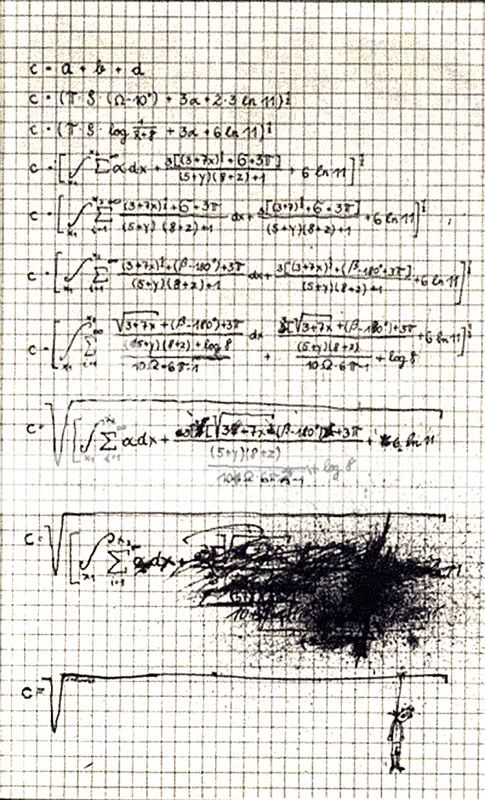[EDIT] Summary of conclusions from this thread:
click here -> https://www.candlepowerforums.com/posts/1892834&postcount=30
------------------------------
I really didn't wanna hi-jack another thread so I figured I would post this in a new post.
I see more and more nice custom lights being made with optics, and every one of them is rather big/not quite pocketable. I'd love to have a 1xcr123a CREE led light with an aspherical lens for major throw. I know mac got one of his lens from surplusshed.com so I checked it out.
I found 4 that looked rather small with a little focal length.
Here they are in order, from smallest to bigger:
12mm diameter, 17mm focal length
http://www.surplusshed.com/pages/item/pl1099.html

-------------------
18mm diameter, 22mm focal length
http://www.surplusshed.com/pages/item/l3694.html

-------------------
30mm diameter, 15mm focal length
http://www.surplusshed.com/pages/item/l3461.html

-------------------
30mm diameter, 20mm focal length
http://www.surplusshed.com/pages/item/l3787.html

-------------------
So what do y'all think?
Could I make a nice pocket-size aspherical cree x-re flashlight with one of these?
Besides obvious diameter and focal length, is there anything I have to watch for?
I assume that since the actual surface is smaller than on a big flashlight, the light will not be AS concentrated in the center, but will it still be concentrated enough to make it a major thrower like we see in bigger aspherical flashlight mods?
Thanks!
Libbs
click here -> https://www.candlepowerforums.com/posts/1892834&postcount=30
------------------------------
I really didn't wanna hi-jack another thread so I figured I would post this in a new post.
I see more and more nice custom lights being made with optics, and every one of them is rather big/not quite pocketable. I'd love to have a 1xcr123a CREE led light with an aspherical lens for major throw. I know mac got one of his lens from surplusshed.com so I checked it out.
I found 4 that looked rather small with a little focal length.
Here they are in order, from smallest to bigger:
12mm diameter, 17mm focal length
http://www.surplusshed.com/pages/item/pl1099.html

-------------------
18mm diameter, 22mm focal length
http://www.surplusshed.com/pages/item/l3694.html

-------------------
30mm diameter, 15mm focal length
http://www.surplusshed.com/pages/item/l3461.html

-------------------
30mm diameter, 20mm focal length
http://www.surplusshed.com/pages/item/l3787.html

-------------------
So what do y'all think?
Could I make a nice pocket-size aspherical cree x-re flashlight with one of these?
Besides obvious diameter and focal length, is there anything I have to watch for?
I assume that since the actual surface is smaller than on a big flashlight, the light will not be AS concentrated in the center, but will it still be concentrated enough to make it a major thrower like we see in bigger aspherical flashlight mods?
Thanks!
Libbs
Last edited:


